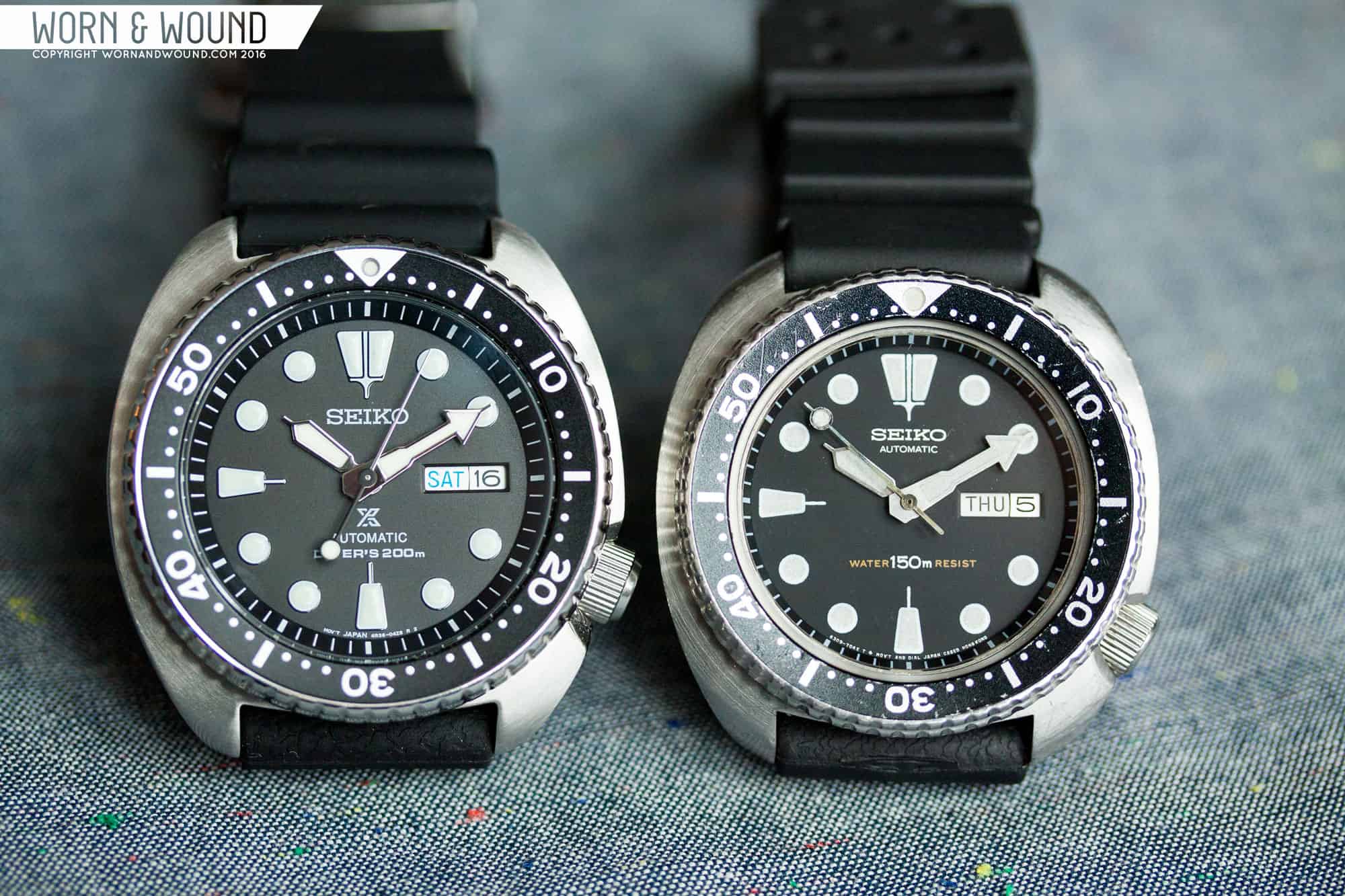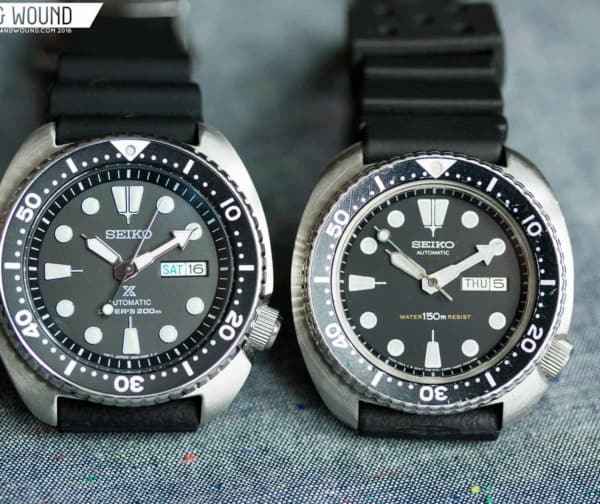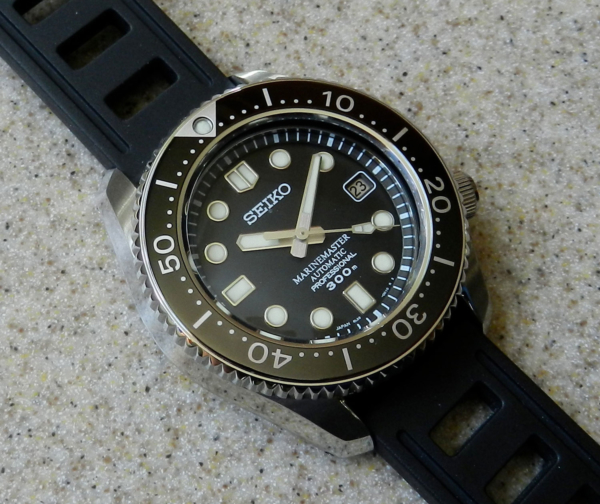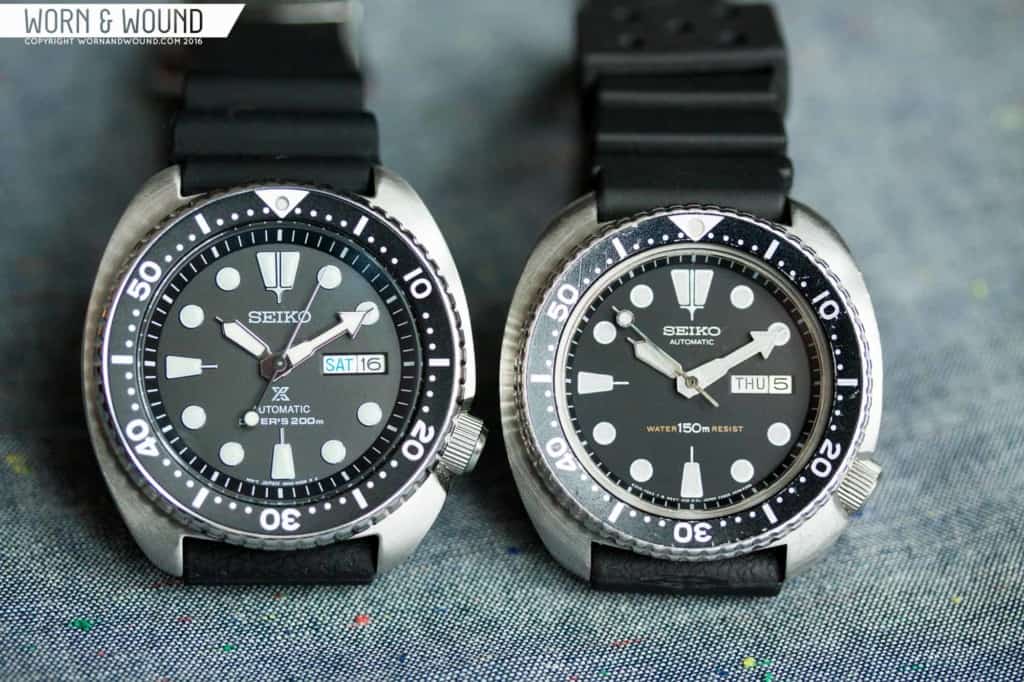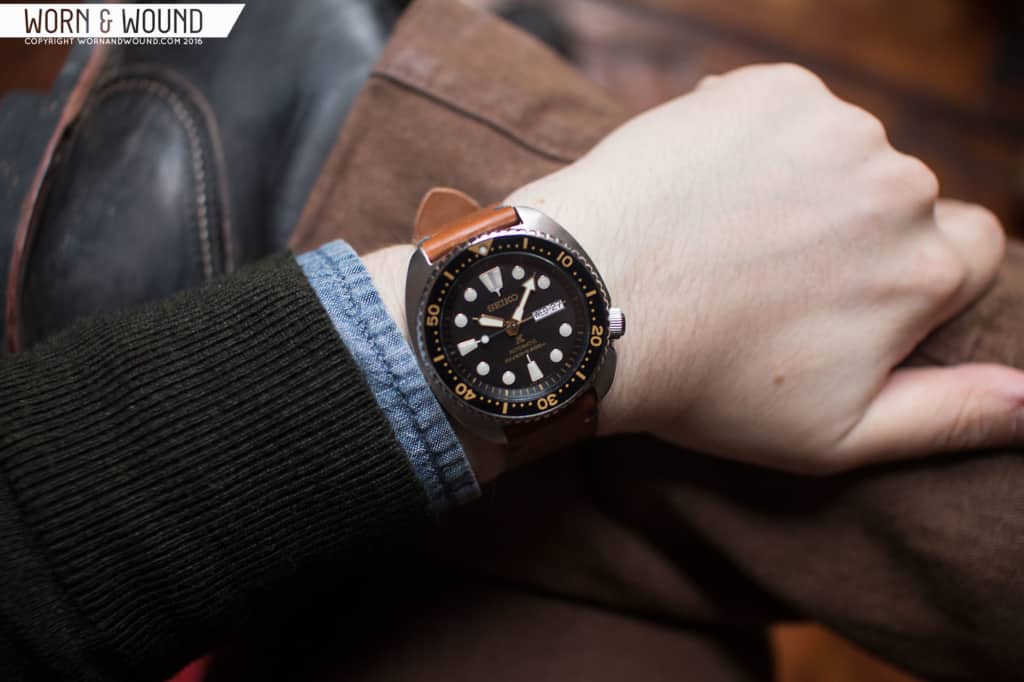The 6309-7040 is undoubtedly one of Seiko’s most iconic divers. Manufactured by the brand from 1976 to 1988, the 6309 was the bedrock of Seiko’s recreational diver collection for approximately 12 years. Amongst Seiko fanatics, it remains one of the firm’s most popular pieces. So when Seiko first announced the SRP77x, the brand’s reissue of the 6309-7040, we knew it had the potential to be a huge hit. In our view, its success would ultimately hinge on Seiko producing a faithful reinterpretation of the beloved diver, keeping the general feel and look of the 6309 while retaining the solid bang-for-your-buck build quality that Seiko is known for.
As it turns out, Seiko did not disappoint (read our review here). Full disclosure: I am a huge fan of the 6309. It is undoubtedly one of my favorite watches, and not just from Seiko. So when I reviewed the SRP775 and the SRP777, I did so with a highly critical eye. As I had hoped, the reissue did justice to the original, with enough differences (almost all of them positive) to give the watch a thoroughly modern identity. In our initial review of the SRP77x, we refrained from pitting it against the original too much, preferring to evaluate the watch on its own merits. Today, we’re going to do a one-eighty and turn our eye to comparing the two watches, not with the intention of declaring one superior, but rather to highlight some of the interesting visual and functional differences between the two.









 Featured Videos
Featured Videos




